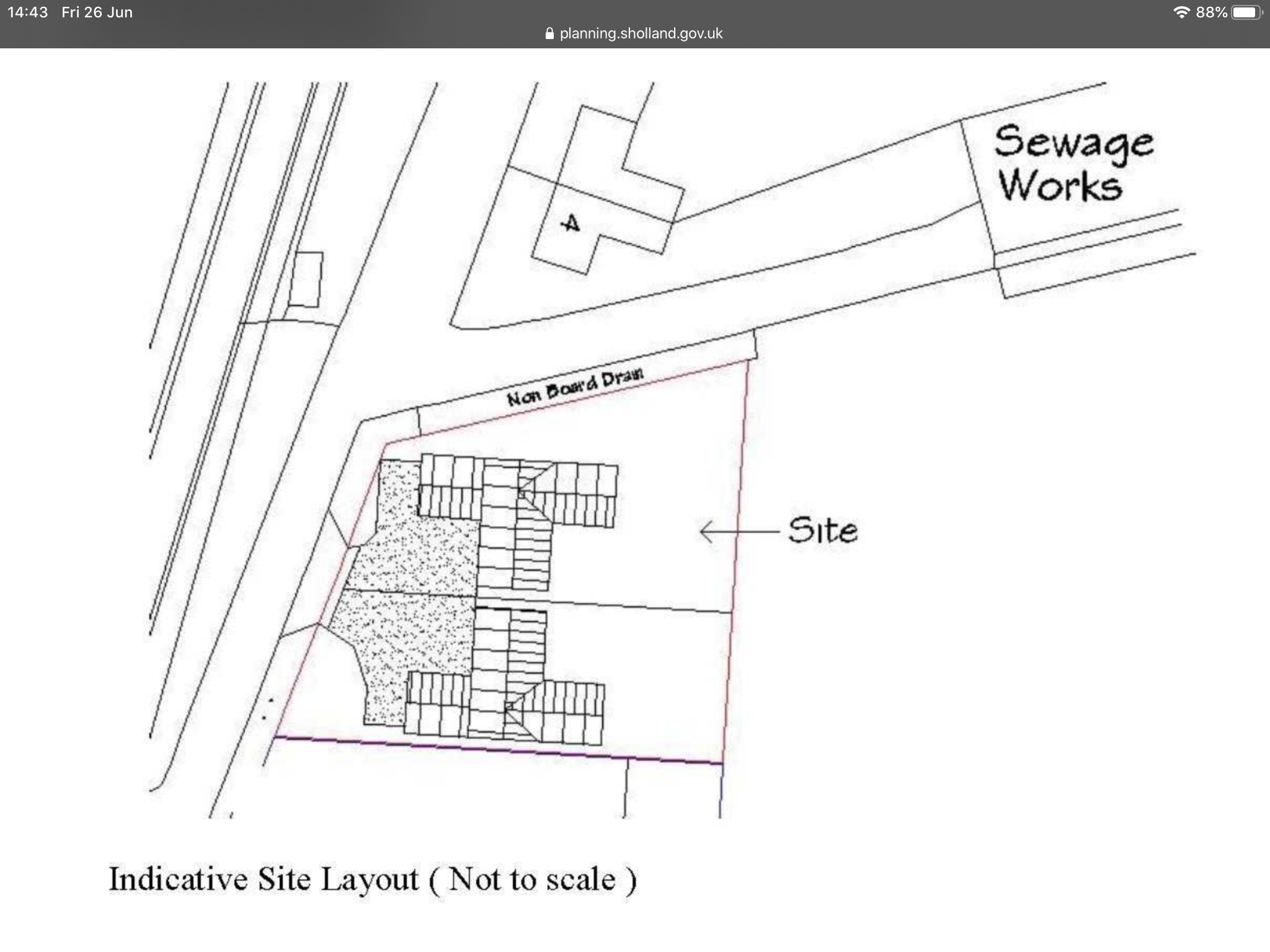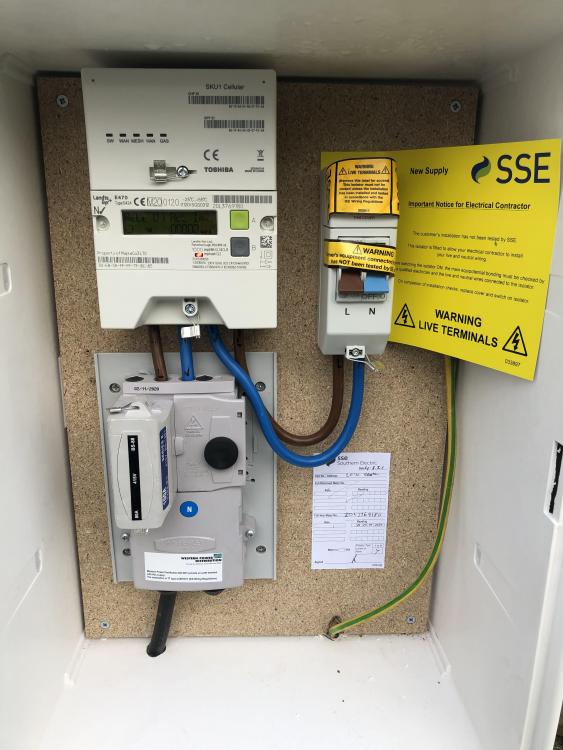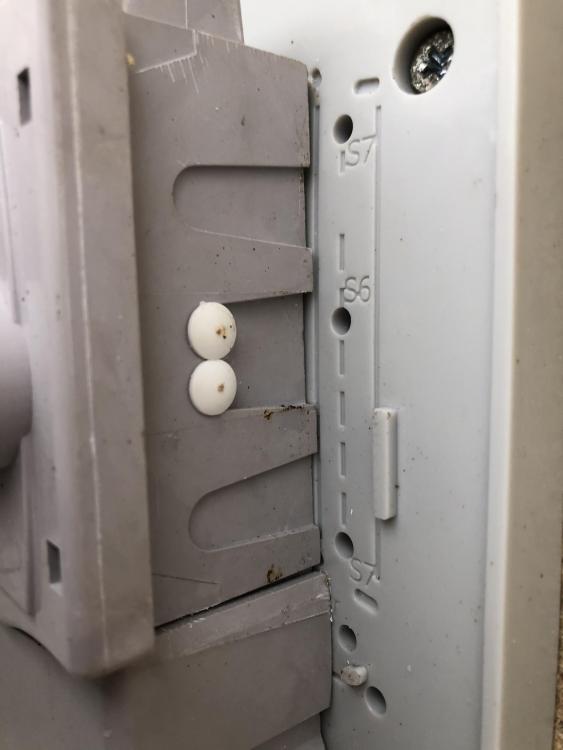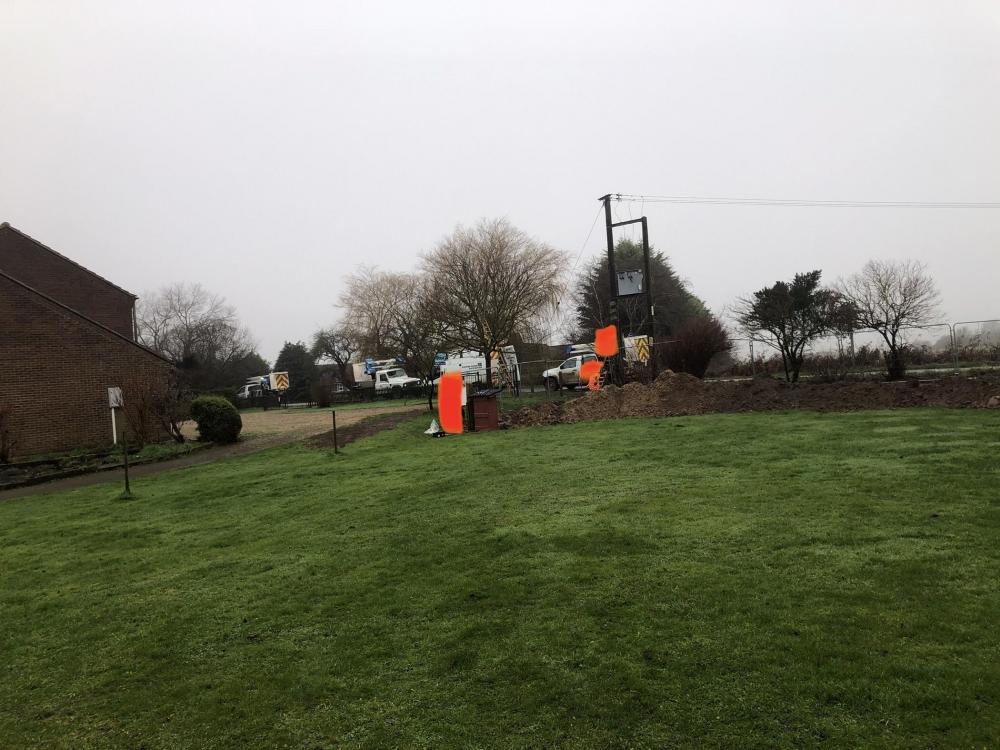
Randomusername
Members-
Posts
88 -
Joined
-
Last visited
Recent Profile Visitors
Randomusername's Achievements

Member (3/5)
10
Reputation
-
JUB ICF block system - first build experience
Randomusername replied to Simon R's topic in Insulated Concrete Formwork (ICF)
That’s good to know thanks. Uniblock are on my list of preferred systems at this point simply because they’re U.K. manufactured, and I really don’t want the guilt of importing a massive bulk of insulation product 100s of miles, if at all possible! -
JUB ICF block system - first build experience
Randomusername replied to Simon R's topic in Insulated Concrete Formwork (ICF)
I’ve been researching various ICF systems for my build/s. JUB looks interesting but as far as I understand they do a set of pre-configured designs, due to the nature of the construction meaning that blocks are all formed as the finished piece and do not require cutting. However I’ve searched in vain for an overview of these designs, in vain. Does anyone have any pointers? I’d like to know in advance whether any of them will be suitable for the plots dimensions/scale/outline planning/dimensions etc. Many thanks for any help. -
3-Phase - Connecting to Caravan...
Randomusername replied to Mulberry View's topic in General Self Build & DIY Discussion
Yes. The problem with earth rod protection to car charger unit supplies, as I understand it, is that the charger lead length could be such that the “local” charging unit earthing arrangement is no longer sufficiently near to the large metal object which it supplies… In this respect, a fault-based disconnection system is likely to be far more “end-user proof”… -
3-Phase - Connecting to Caravan...
Randomusername replied to Mulberry View's topic in General Self Build & DIY Discussion
I do agree with you, but not everyone will… To my mind, it’s a sensible way to effectively reduce the possibility of dangerous PEN faults, in the event that the supply cable becomes damaged on its way to the property. But there’s likely to be an inference by many that the DNOs are attempting to shift the responsibility for effective earthing arrangements from themselves on to the end user. Which is quite a regression from the modern tendency to provide PME wherever available, with TT only being used where the supply arrangement was considered to be too outdated to provide a sufficiently “safe” assurance of protective earthing? Regardless of the changes it’s likely that provision of safety features such as automatic disconnection of the protective earth connection in the event of a probable PEN fault being detected will still need to be routinely fitted into electric car charging installations, going into the future… -
3-Phase - Connecting to Caravan...
Randomusername replied to Mulberry View's topic in General Self Build & DIY Discussion
Yes, you should definitely use the PME earth terminal in the kiosk to provide earthing for the wire armour up to the caravan. There shouldn’t be any need to put any additional earthing into the kiosk at any point, HOWEVER there are some new regs coming in which are not terribly clear, but seem to suggest that from some point in the future in new houses and structures, there will need to be an additional earthing arrangement built in - effectively putting a TT onto every new PME installation! Exactly what form that will take is still unclear… These guys probably explain it better than I can… and they’re well worth following. Very clear and informative electrical insight. -
3-Phase - Connecting to Caravan...
Randomusername replied to Mulberry View's topic in General Self Build & DIY Discussion
EDIT: I notice that the DNO seem to have provided a connection from the service head/cutout to an earth block which you might well expect to provide a suitable MET tied to the PME. This goes against everything which I’ve been advised and have read about temporary/site supplies. THEREFORE it’s entirely possible that the DNO views this as a permanent supply due to the nature of its construction and the fact that any supplies taken from here will be classed as private sub mains? Should this be confirmed I would immediately rescind my previous assertion that the PME cannot be used to provide cable armour earthing up to (but still not including) a temporary structure. -
3-Phase - Connecting to Caravan...
Randomusername replied to Mulberry View's topic in General Self Build & DIY Discussion
You’ll need an earth rod and MET next to the cutout/meter assembly, this will only provide the earthing for the SWA cable armour up to the caravan but you shouldn’t export that earth right into the caravan itself. You will then need a separate earth rod at the caravan CU to provide the TT earth as close to it as possible. Site/temporary supplies are not usually allowed to be supplied as PME, so even if there is an earth terminal at the cutout, you shouldn’t connect up to it. You're basically making a TT earth at the meter cabinet to protect cable armour earths, and then a separate TT earth to locally earth any “temporary” structure that you have taken the supply to. -
I’m having 40 tonnes of limestone delivered to site on Saturday to provide a base for entrance access/shipping container and caravan base. It is “temporary” as such, although some parts of it may well be retained as finished driveway/parking area - with an additional dressing/surface finish over the top. Groundworker I was chatting to on the telephone suggests that I need to put “polythene or Terram or something” down first, to “stop it all sinking into the top of the soil”. I’d really rather not spend hundreds more on something which is, in essence, temporary (although it’s relative as that might mean 2+ years) and I may well end up moving the stone around, I’m really not able to tell at the moment. I’m willing to top up the areas regularly trafficked by vehicle if necessary - the bits which are around the temporary buildings will mainly have foot traffic only. Thoughts and experience please?
-
Charge to install meter for TBS??
Randomusername replied to Randomusername's topic in Electrics - Other
-
I’m not at all surprised that they’re unconcerned, because that’s the sort of attitude that normally goes along with that sort of poor quality installation! It’s one of the reasons that just leaving trades to get on with it terrifies me... what sort of issues will go undetected because they’re hidden away, and escaped oversight while in progress... ? Has the MDPE pipe been properly sealed into the side of that chamber, or is it just pushed through a hole? Because that’s a much greater concern if so...
-
From my recently acquired knowledge of such things, I’d concur with the assertion that it’s the pumped outlet from an STP. Looks thoroughly bodged together. Additionally it shouldn’t be in blue MDPE as that causes confusion with fresh water supplies - you can get a black equivalent for non-potable applications.
-
Charge to install meter for TBS??
Randomusername replied to Randomusername's topic in Electrics - Other
@ProDave - see attachments On a connected subject, SSE failed to turn up to fit the meter today - I’d taken a day off work so I’m furious. ? -
Charge to install meter for TBS??
Randomusername replied to Randomusername's topic in Electrics - Other
Reposted photo with obscured identities as the photo was clearer than I expected, and I didn’t have specific consent to post...





